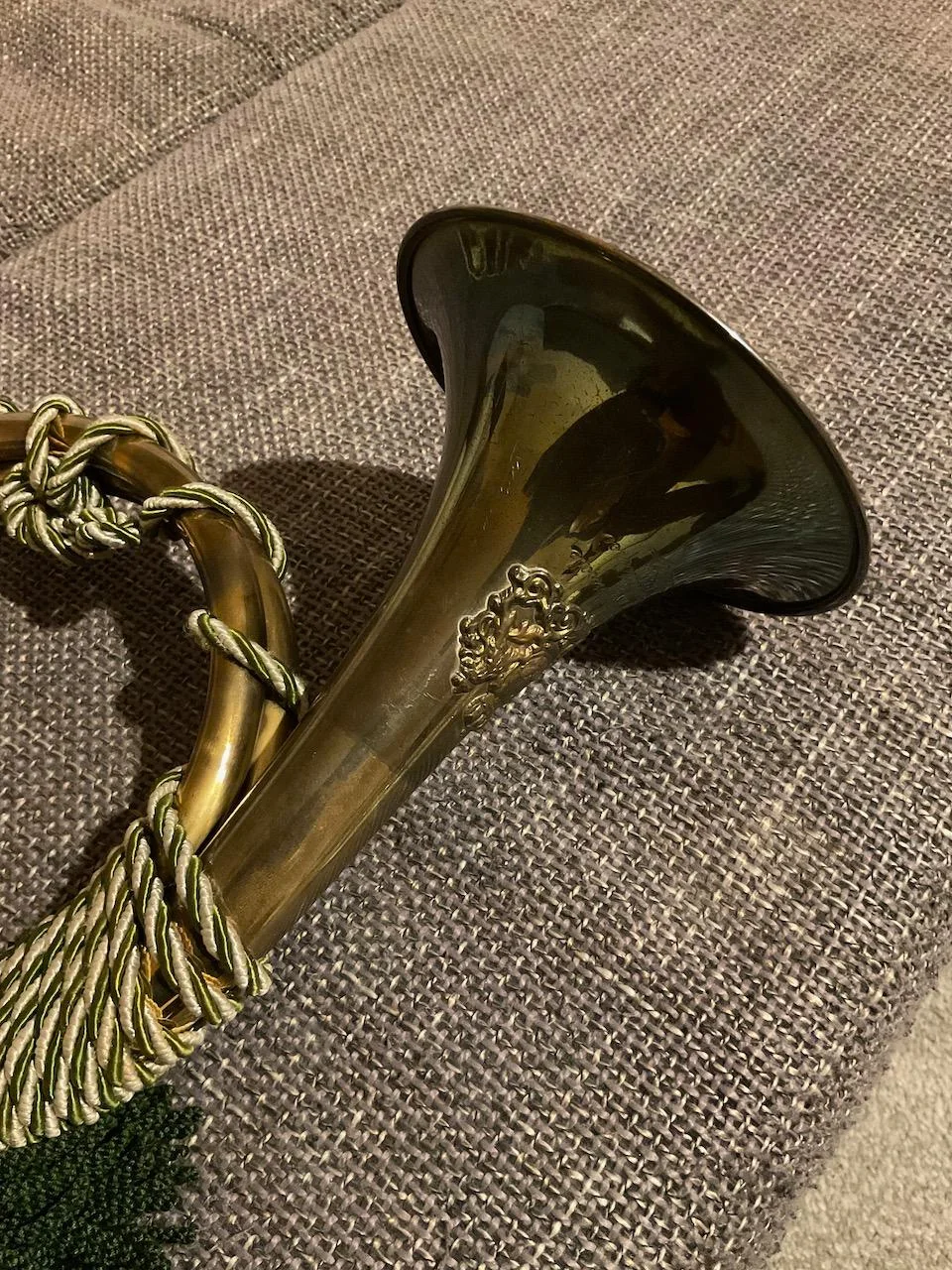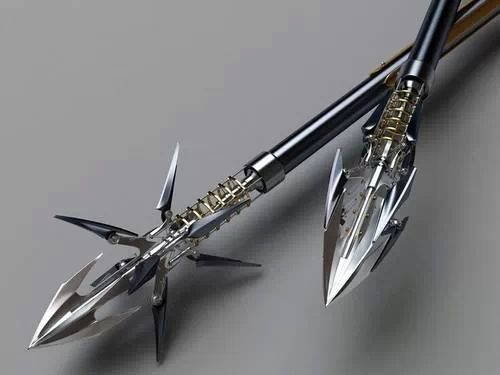Stamp: World Communications Year - transportation (Czechoslovakia 1983)
World Communications Year - transportation (Czechoslovakia 1983)
16 March (Czechoslovakia ) within release 7th World Ski-jumping Championships, Harrachov goes into circulation Stamp World Communications Year - transportation face value 3.60 Czechoslovakian koruna
| Stamp World Communications Year - transportation in catalogues | |
|---|---|
| Michel: | Mi:CS 2708 |
| Yvert et Tellier: | Yt:CS 2528 |
| POFIS: | POF:CS 2584 |
Stamp is square format.
Also in the issue 7th World Ski-jumping Championships, Harrachov:
- Stamp - World Communications Year - 60 years of CS radio face value 40;
- Stamp - World Communications Year - 30 years of CS TV face value 1;
- Stamp - World Communications Year - transportation face value 3.60;
- Stamp - 7th World Ski-jumping Championships, Harrachov face value 1;
- Stamp - World Communications Year face value 2;
Stamp World Communications Year - transportation it reflects the thematic directions:
A car is a wheeled, self-powered motor vehicle used for transportation and a product of the automotive industry. Most definitions of the term specify that cars are designed to run primarily on roads, to have seating for one to eight people, to typically have four wheels with tyres, and to be constructed principally for the transport of people rather than goods. The year 1886 is regarded as the birth year of the modern car. In that year, German inventor Karl Benz built the Benz Patent-Motorwagen. Cars did not become widely available until the early 20th century. One of the first cars that was accessible to the masses was the 1908 Model T, an American car manufactured by the Ford Motor Company. Cars were rapidly adopted in the United States of America, where they replaced animal-drawn carriages and carts, but took much longer to be accepted in Western Europe and other parts of the world.
The post horn is a valveless cylindrical brass instrument with a cupped mouthpiece. The instrument was used to signal the arrival or departure of a post rider or mail coach. It was used by postilions of the 18th and 19th centuries.
Transport or transportation is the movement of people, animals and goods from one location to another. Modes of transport include air, rail, road, water, cable, pipeline and space. The field can be divided into infrastructure, vehicles and operations. Transport is important because it enables trade between people, which is essential for the development of civilizations.
An aircraft is a machine that is able to fly by gaining support from the air. It counters the force of gravity by using either static lift or by using the dynamic lift of an airfoil, or in a few cases the downward thrust from jet engines. The human activity that surrounds aircraft is called aviation. Crewed aircraft are flown by an onboard pilot, but unmanned aerial vehicles may be remotely controlled or self-controlled by onboard computers. Aircraft may be classified by different criteria, such as lift type, aircraft propulsion, usage and others.
An arrow is a fin-stabilized projectile launched by a bow. A typical arrow usually consists of a long, stiff, straight shaft with a weighty (and usually sharp and pointed) arrowhead attached to the front end, multiple fin-like stabilizers called fletchings mounted near the rear, and a slot at the rear end called a nock for engaging the bowstring. A container or bag carrying additional arrows for convenient reloading is called a quiver





